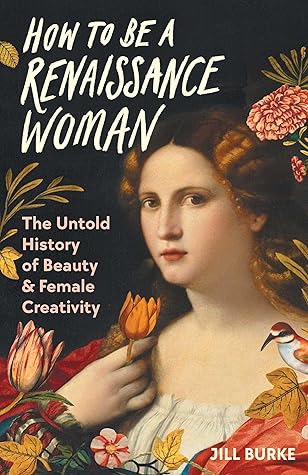He saw female genitalia as an inverted version of the male, leading to confusing illustrations of the womb and vagina in sixteenth-century medical texts, such as the pioneering work of Andreas Vesalius, On the Fabric of the Human Body (1543), which takes the ‘inverted penis’ idea to its logical extreme.11
Welcome back. Just a moment while we sign you in to your Goodreads account.


